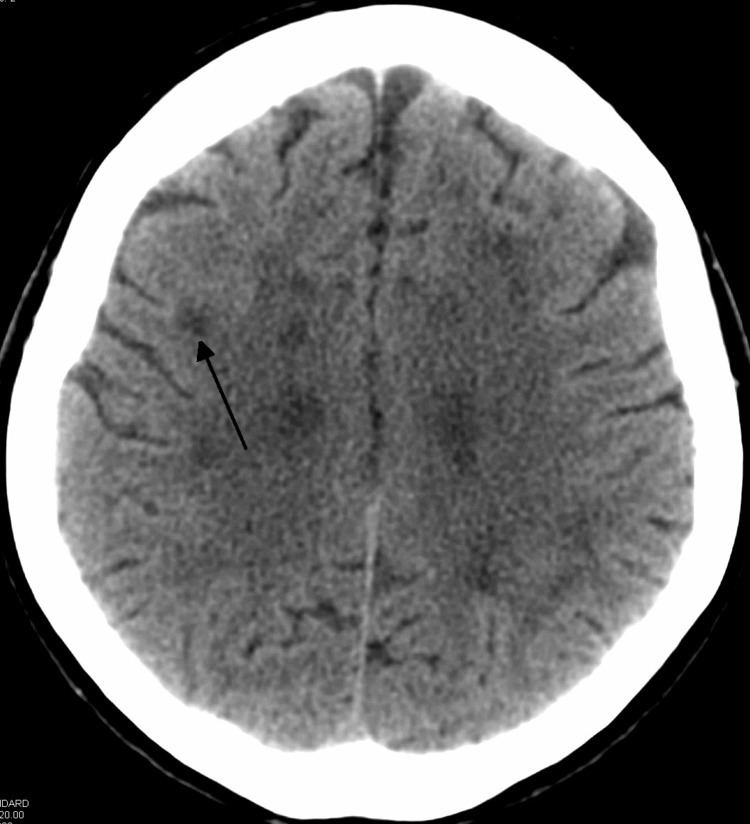 | ||
The term Leukoencephalopathy is a broad term for leukodystrophy-like diseases. It is applied to all brain white matter diseases, whether their molecular cause is known or not. It can refer specifically to any of these diseases:
The classification of leukoencephalopathies is a matter of debate. Some authors divide leukoencephalopathies into hereditary disorders and acquired disorders. The hereditary demyelinating disorders are then classified according to the localization of the underlying metabolic defect, and they include the Leukodystrophies when myelin growth is the underlying problem.
The acquired demyelinating disorders are classified according to their underlying causes into five groups: noninfectious–inflammatory, infectious–inflammatory, toxic–metabolic, hypoxic–ischemic (vascular problems like Binswanger's disease), and traumatic.
This classification is diffuse sometimes. For example CADASIL is at the same time hereditary and hypoxic.
